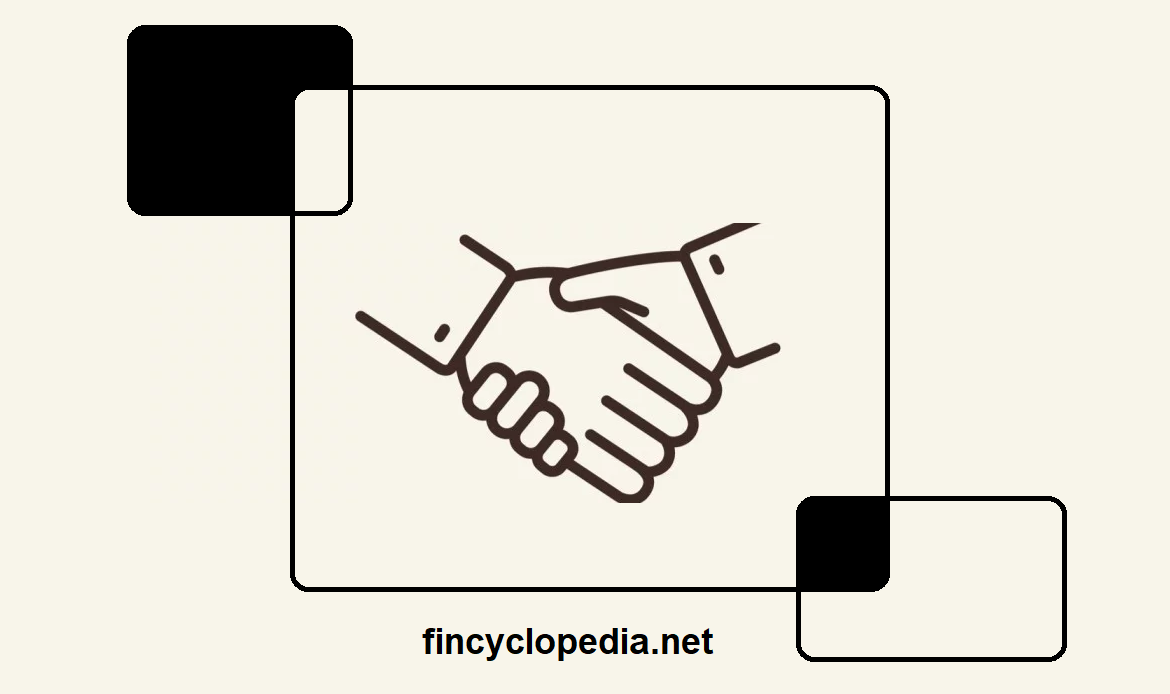A “scrip” is a piece of paper (it was also printed on leather, metal, fish-skin parchment) that was originally used as a private banknote where people were sometimes paid in scrip, as an alternative to “hard cash“. More elaborately, it refers to any generic substitute for currency which is often a form of credit, but not legal tender. Scrips were historically used as company payment of employees and also as a means of payment in times where official money is unavailable (as in remote rural communities, military bases, or occupied countries under offensive operations) or untrustworthy (as at times of unbridled or hyper inflation). Other forms of scrip include subway tokens, arcade tokens and tickets, and “points” on some websites.
Scrip currency was issued in some instances in the great depression of the 1930s. At that time, some factory workers were paid in scrip, instead of real money. Local groceries agreed to accept the scrip currency as a means of payment (IOU), instead of real money as many communities were cash-strapped. In an economic crisis of the future, scrip currency may take the form of a digital currency (such as a recently developed one: Bitcoin) that is created on computers.
Though a de facto form of currency, scrip behaves much in the same way as a regular currency. Some companies still issue scrip notes and token coin, good for use at company points of sale (POS). In recent times, and at the height of the Argentina crisis (1999-2002), provinces started issuing their own script currency to pay public employees. Likewise, as the Greece debt crisis intensified in 2011 and 2012, some communities have started using alternative currencies such as coupons to barter basic goods or services.




